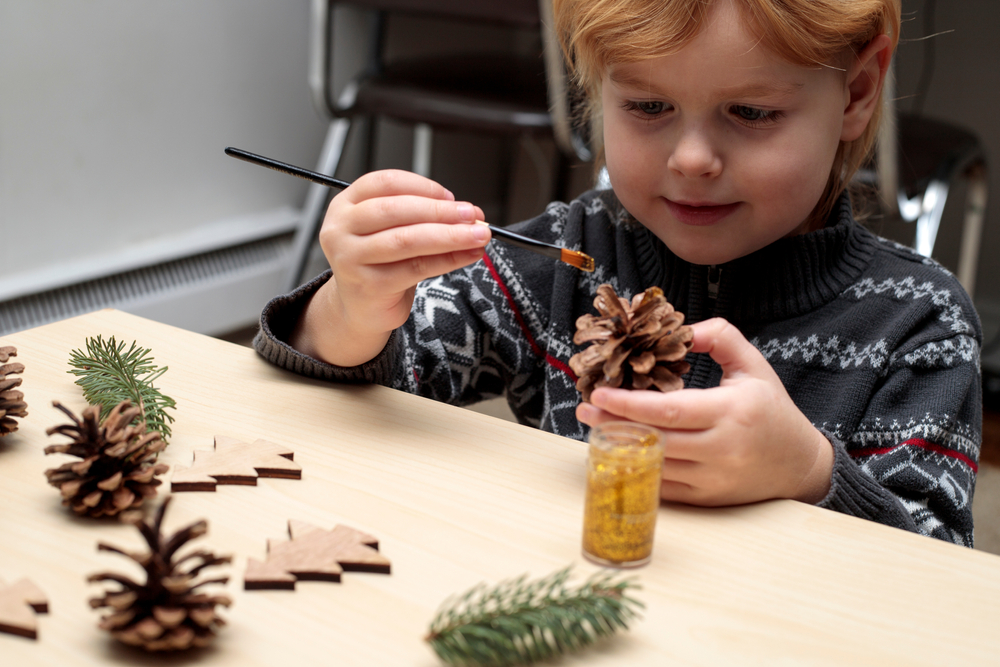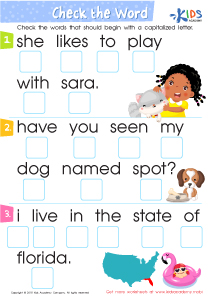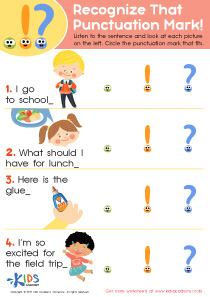Fine Motor Skills Normal Writing Worksheets for Ages 3-6
7 filtered results
-
From - To
Discover our "Fine Motor Skills Normal Writing Worksheets for Ages 3-6" designed to enhance your child’s handwriting and motor development. These engaging and educational activities help young children develop the precision and coordination needed for writing. Each worksheet is thoughtfully created to make learning enjoyable while focusing on key skills such as pencil control, letter formation, and spatial awareness. Perfect for preschoolers and kindergarteners, our worksheets support your child’s early education journey. Equip your little ones with the tools they need for writing success through fun and practice. Visit our page to start their handwriting development today!


Cupid Maze: An Printable


Snowman Tracing Winter Words Worksheet
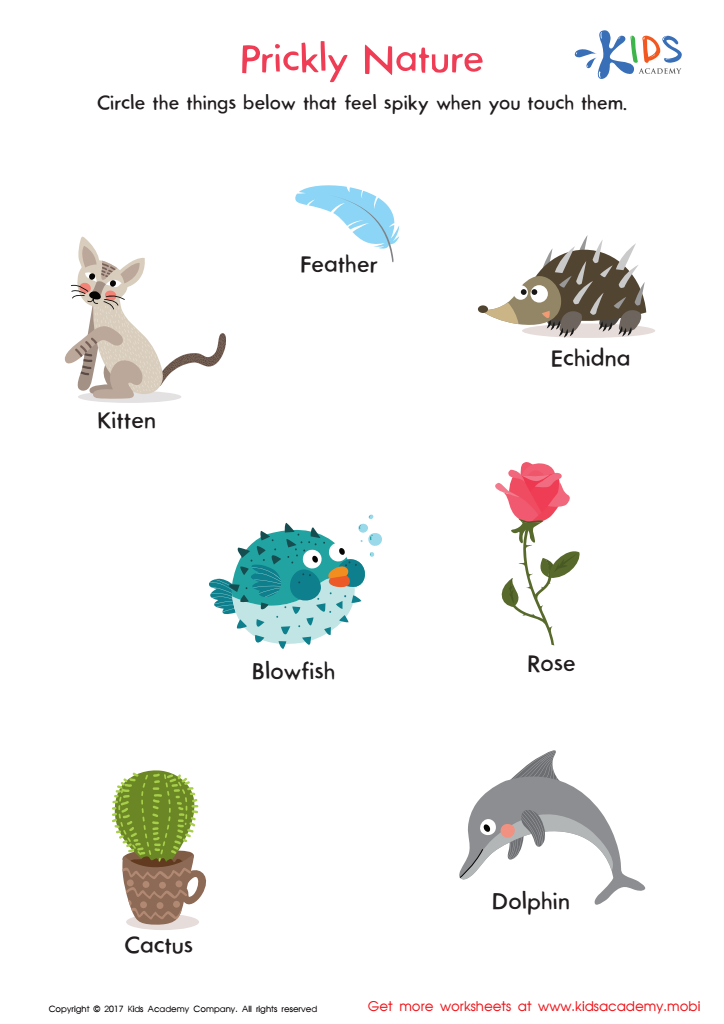

Prickly Nature Worksheet
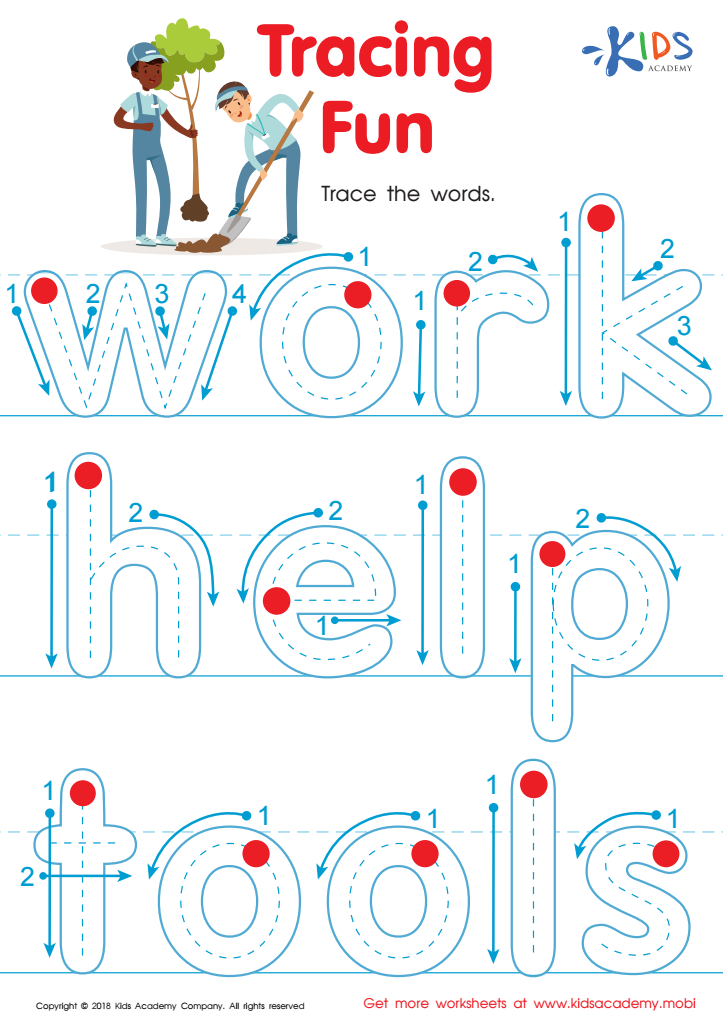

Tracing Fun Worksheet
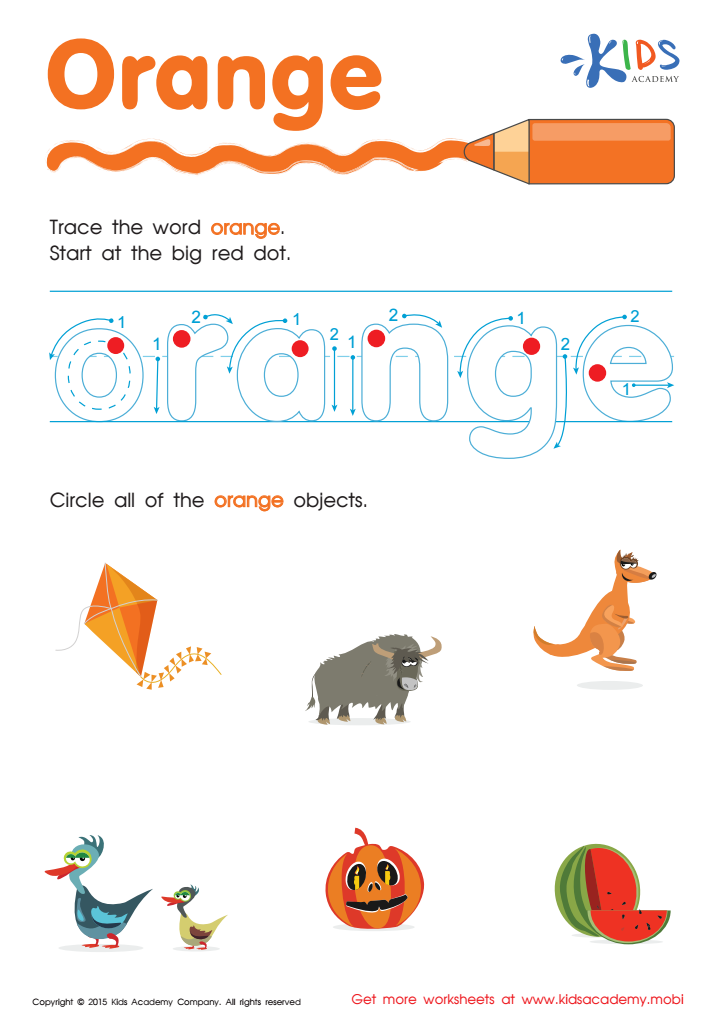

Orange Tracing Color Words Worksheet
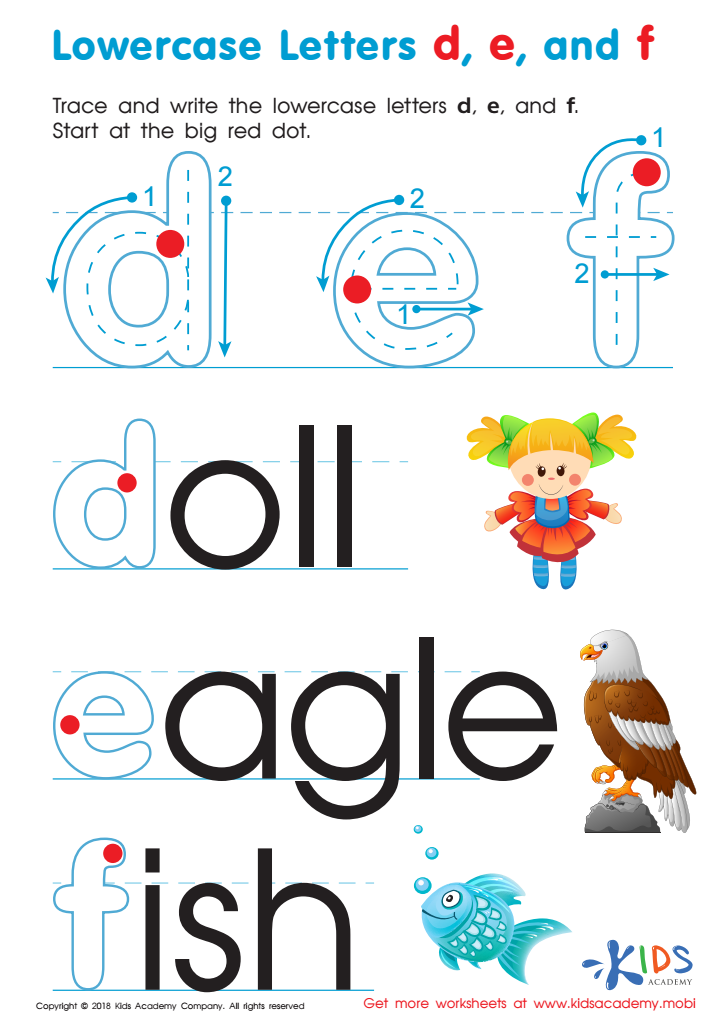

Lowercase Letters d e f Worksheet
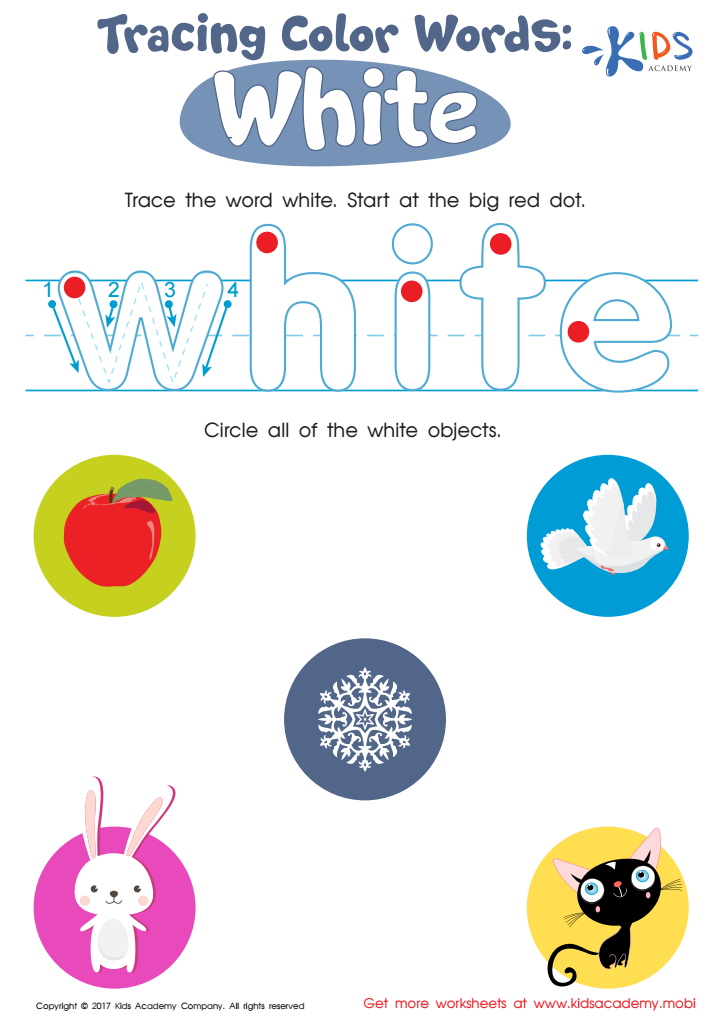

White Tracing Color Words Worksheet
Fine motor skills are crucial during the developmental years of ages 3-6 as they lay the foundational abilities required for everyday tasks and academic success. These skills help children perform precise movements using their hands and fingers, which are essential for activities like writing, buttoning clothes, cutting with scissors, or even using utensils.
For parents and teachers, ensuring that children develop these skills has long-term benefits. When children have well-developed fine motor skills, they often find it easier to learn to write. This is critical, as writing is not just about forming letters; it enhances cognitive development, aids in language learning, and contributes to overall coordination. A strong grasp in writing during early years corresponds to better performance in school-related tasks in the later years.
Furthermore, related abilities, such as hand-eye coordination—and ease in manipulating small objects—boost children’s confidence and independence. Simple tasks such as dressing themselves or organizing their toys can foster feelings of self-sufficiency and self-esteem. If fine motor skills aren't adequately developed, children can struggle significantly with classroom activities, leading to potential frustration and decreased academic engagement.
Early identification and nurturing of these skills can enable timely intervention if necessary, ensuring that each child thrives both academically and personally, becoming well-prepared for grade school and beyond.
 Assign to My Students
Assign to My Students




.jpg)

